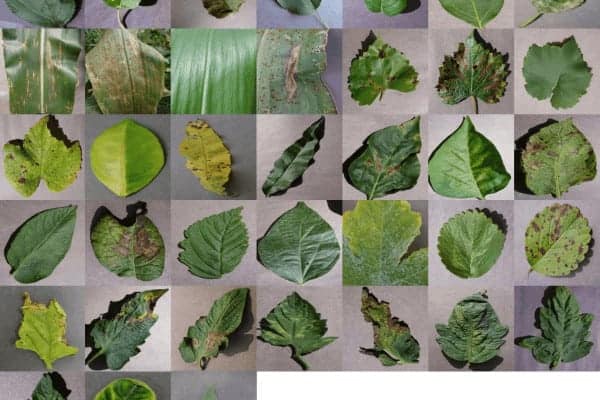Ireland lost about 20 percent of its population to starvation and emigration during the great famine of 1845-1849 because disease destroyed that nation’s major food source – potato. Today, an Irish-born professor at Penn State University believes that a similar situation in other regions, such as sub-Saharan Africa, could be a thousand times worse.
But there’s hope, he said, because modern food producers have a tool the 19th century Irish did not – smartphones and mobile apps, like PlantVillage (link is external).
According to PlantVillage co-creator Dr. David Hughes, assistant professor of entomology and biology at Penn State’s College of Agricultural Sciences, PlantVillage provides access to a computerized plant diagnostic system that boasts an algorithm capable of diagnosing 26 diseases in 14 crops with 99 percent accuracy. In essence, computers have been “taught” to diagnose plant diseases by comparing the images of healthy and diseased leaves (link is external).
Hughes developed PlantVillage with Dr. Marcel Salathé, former assistant professor of biology in Penn State’s Department of Biology (and now at Switzerland’s Ecole polytechnique federale de Luasanne), to help reduce food loss by making it easier for knowledge providers to share critical information to growers around the world. According to Hughes, as much as 40 percent of the world’s potential food supply is destroyed by diseases that affect crop plants.
More 2.5 million growers around the world have used the social media PlantVillage platform to ask questions and post images about their particular issues and also to help answer the questions of others. Many forum answers and images come from experienced growers, extension experts, land-grant scientists, industry professionals, and scientists at international centers. So far, the expanding A-Z library of plants (link is external) in the PlantVillage data base ranges from African eggplant to yams.
According to Hughes, the smart phone-based diagnosis is only possible because of plant pathology research funded by USDA’s National Institute of Food and Agriculture (NIFA) and other national bodies around the world, such as the Consultative Group on International Agricultural Research (CGIAR) centers. The web-based PlantVillage algorithm uses a dataset of more than 54,300 images to make its diagnoses.
The proliferation of smartphones and the acceleration of computer technology is what makes Hughes confident that PlantVillage is a game-changer for agriculture. It will not replace experts in the field diagnosing plant diseases, but could act as an important tool in areas where land-grant university extension programs are not available.
Game-changing and cutting edge as it is, Hughes sees PlantVillage as just the beginning. He and Salathé are continuing to expand the dataset of images and improve the algorithm by reaching out to plant scientists around the world.
By merging “crowdsourced” science-based expertise with easy access to information, PlantVillage leverages the very latest in computer science to help tackle crop disease, feed the world’s growing population, and prevent future tragedies like the Irish Potato Famine.
NIFA invests in and advances agricultural research, education and extension and seeks to make transformative discoveries that solve societal challenges.


